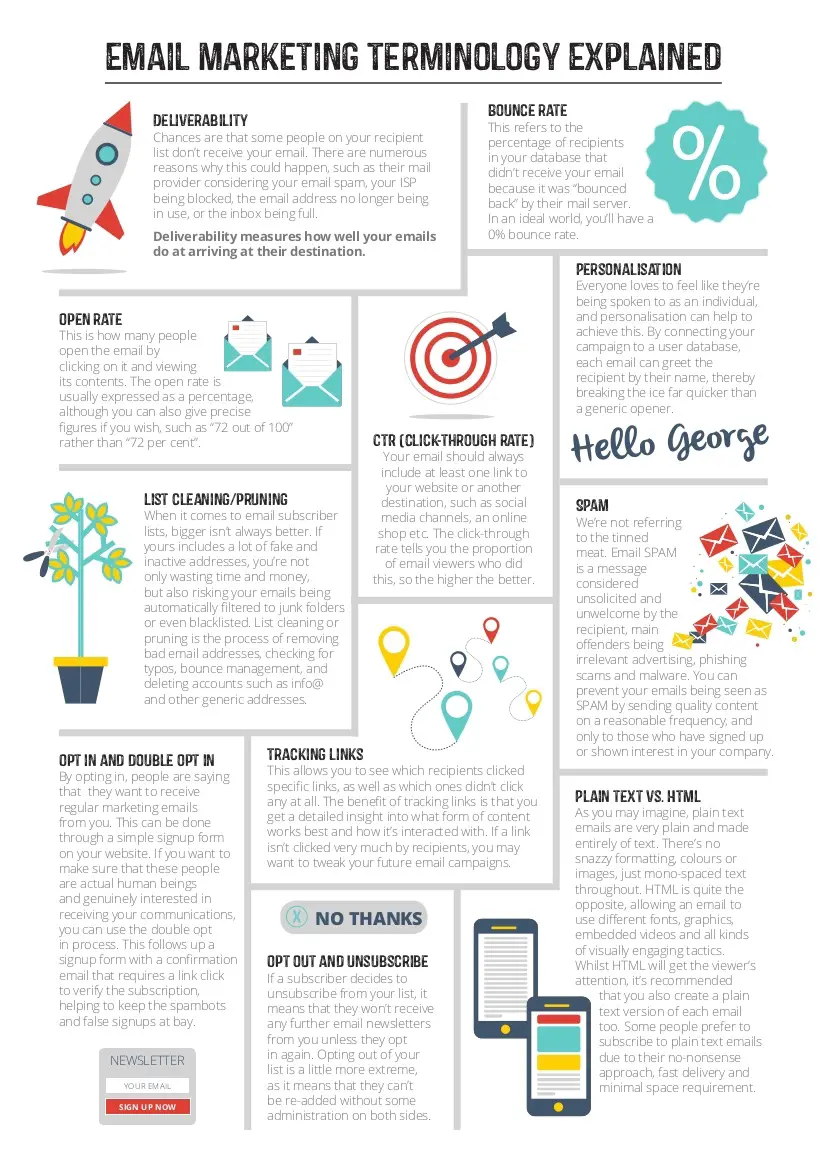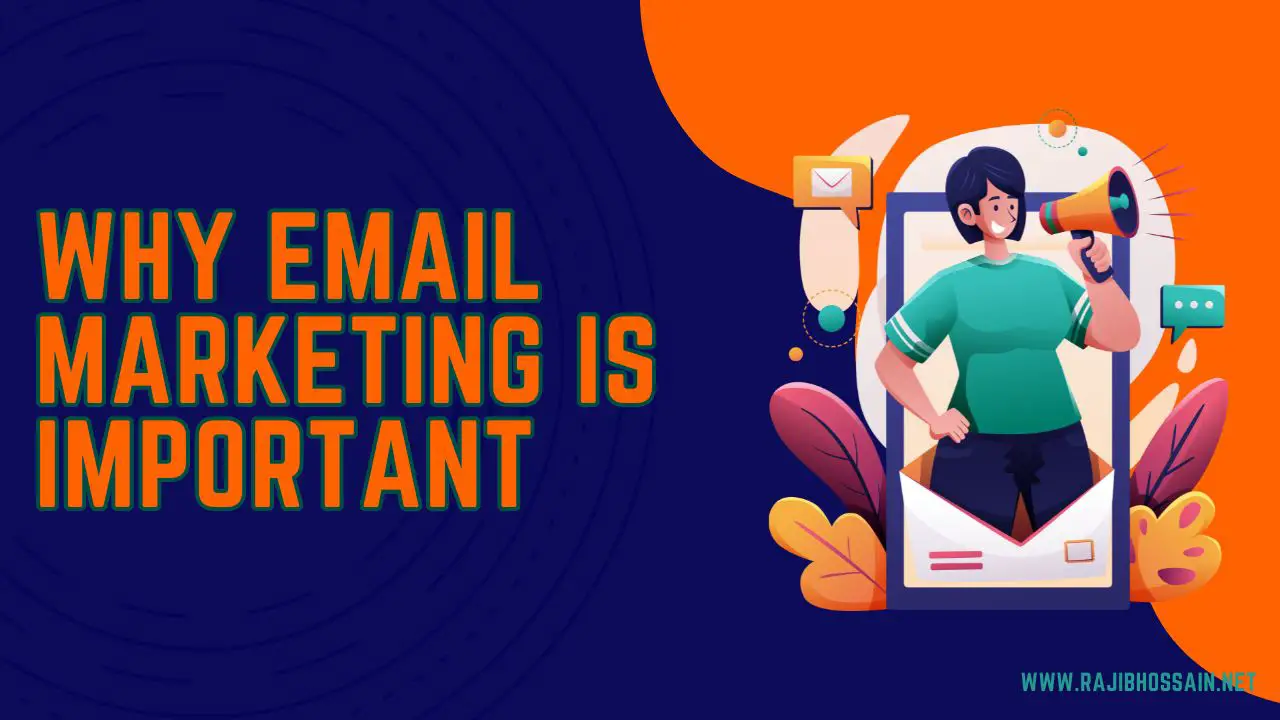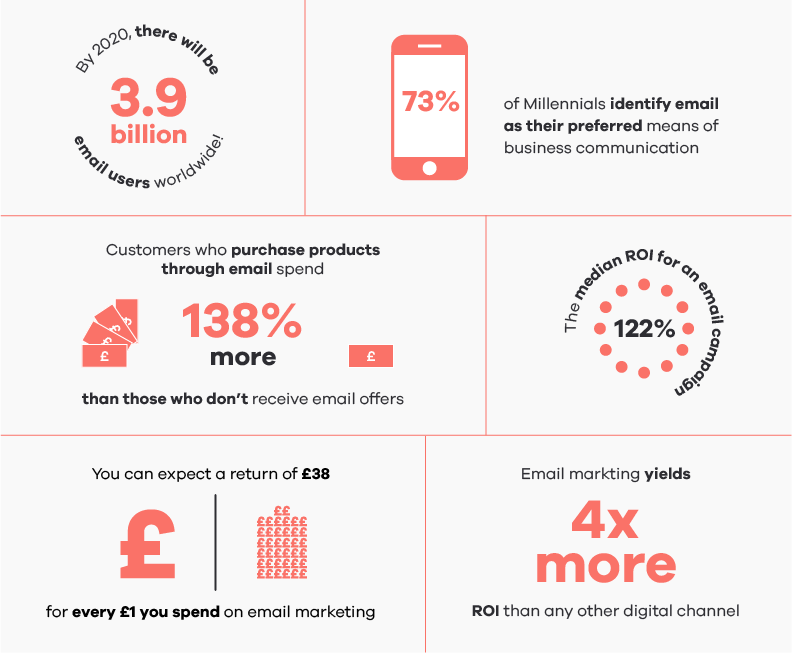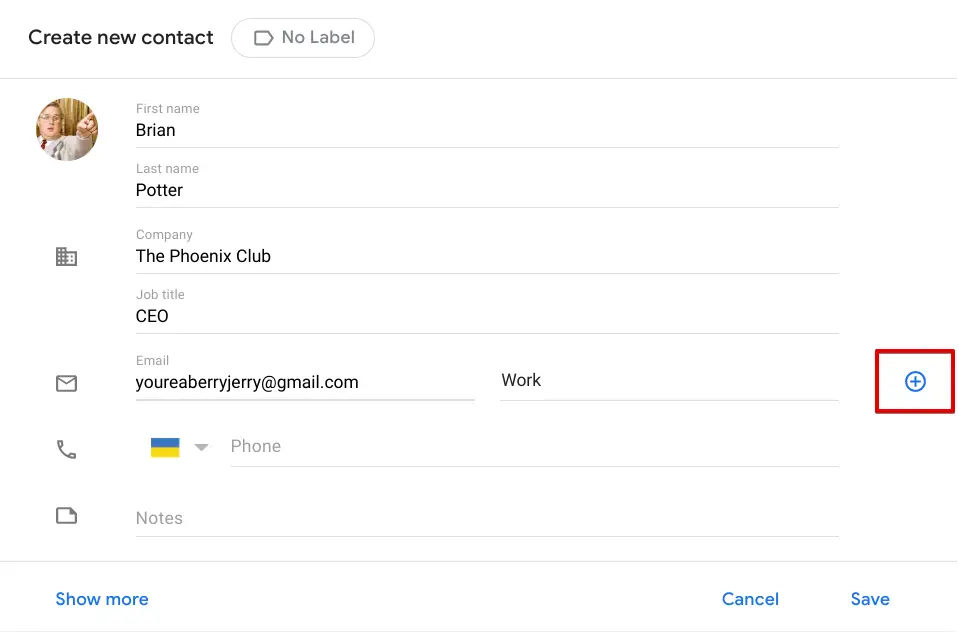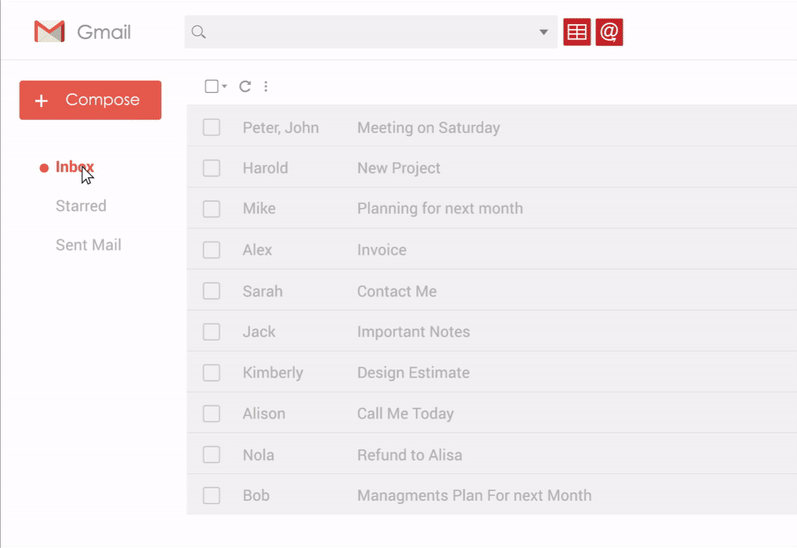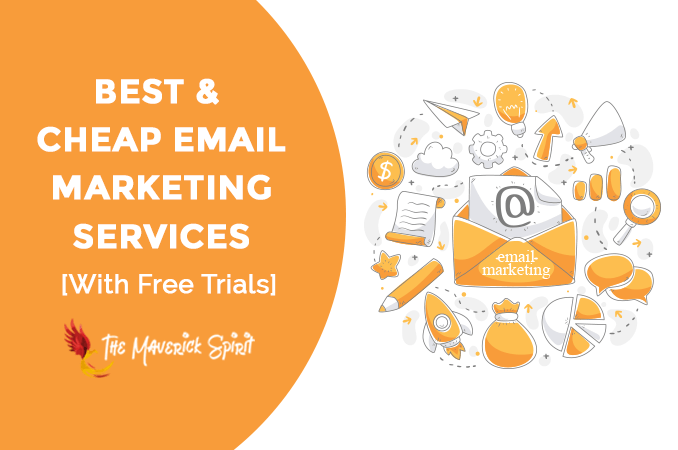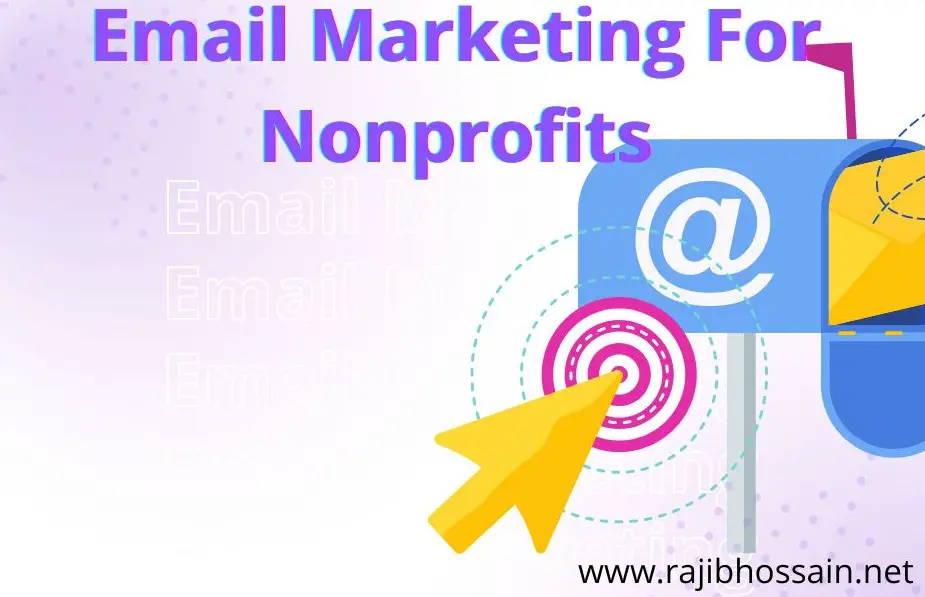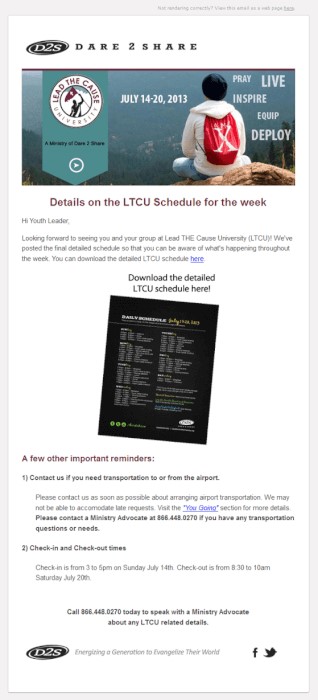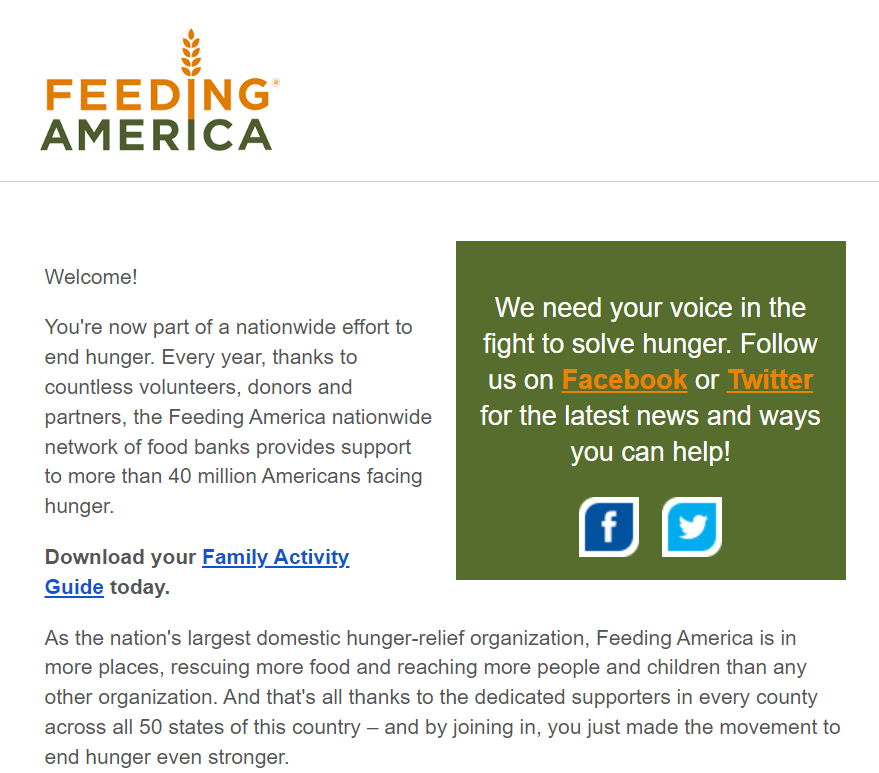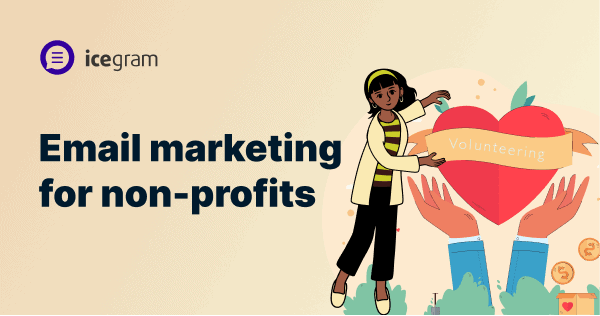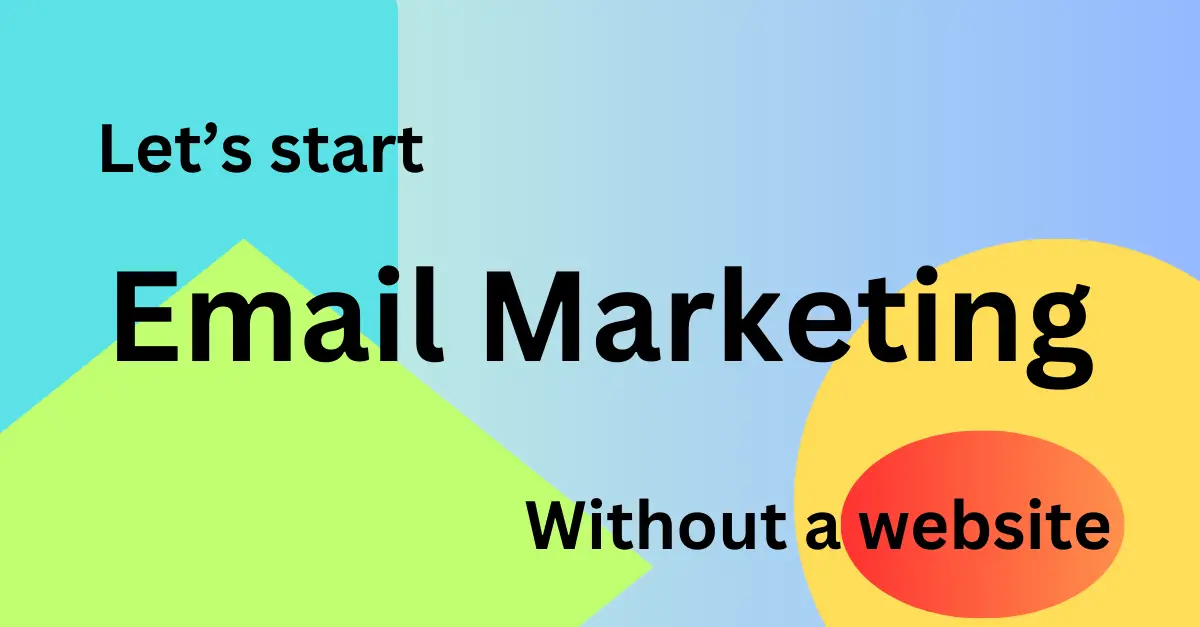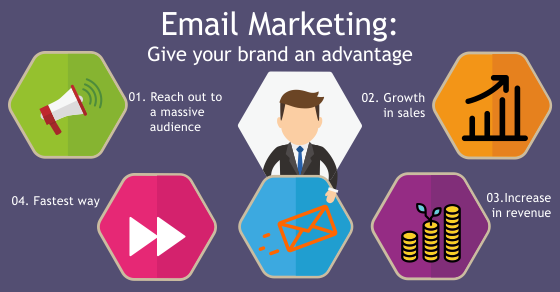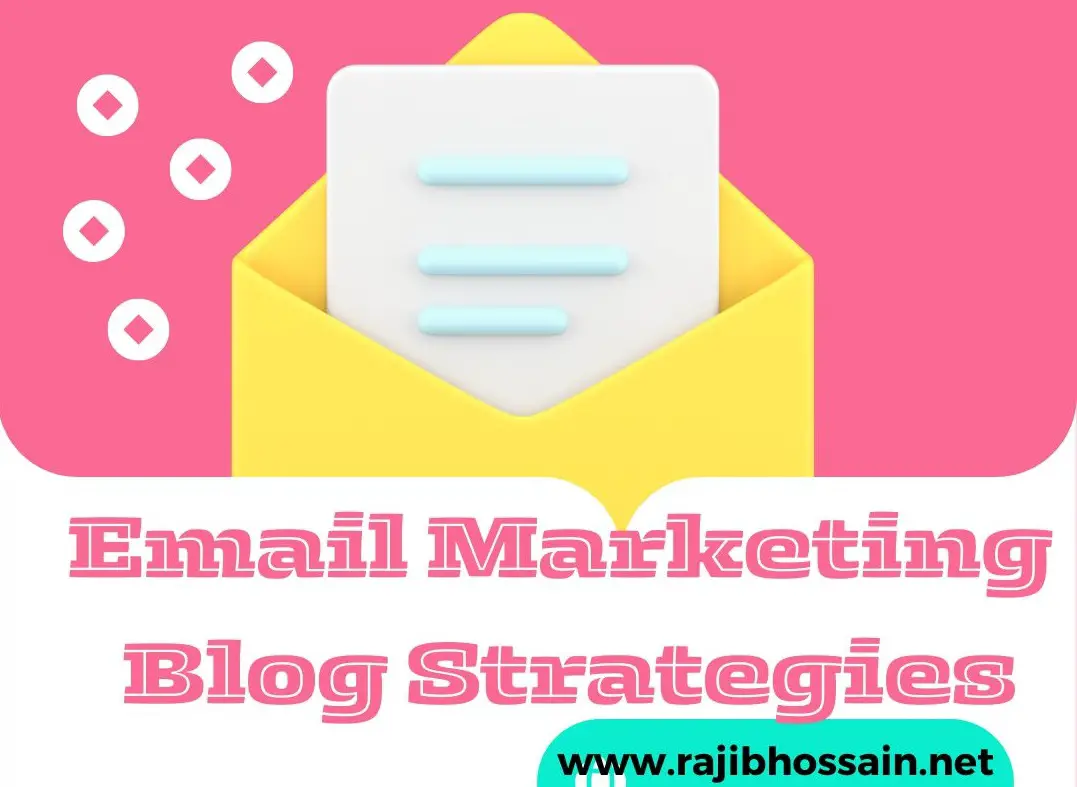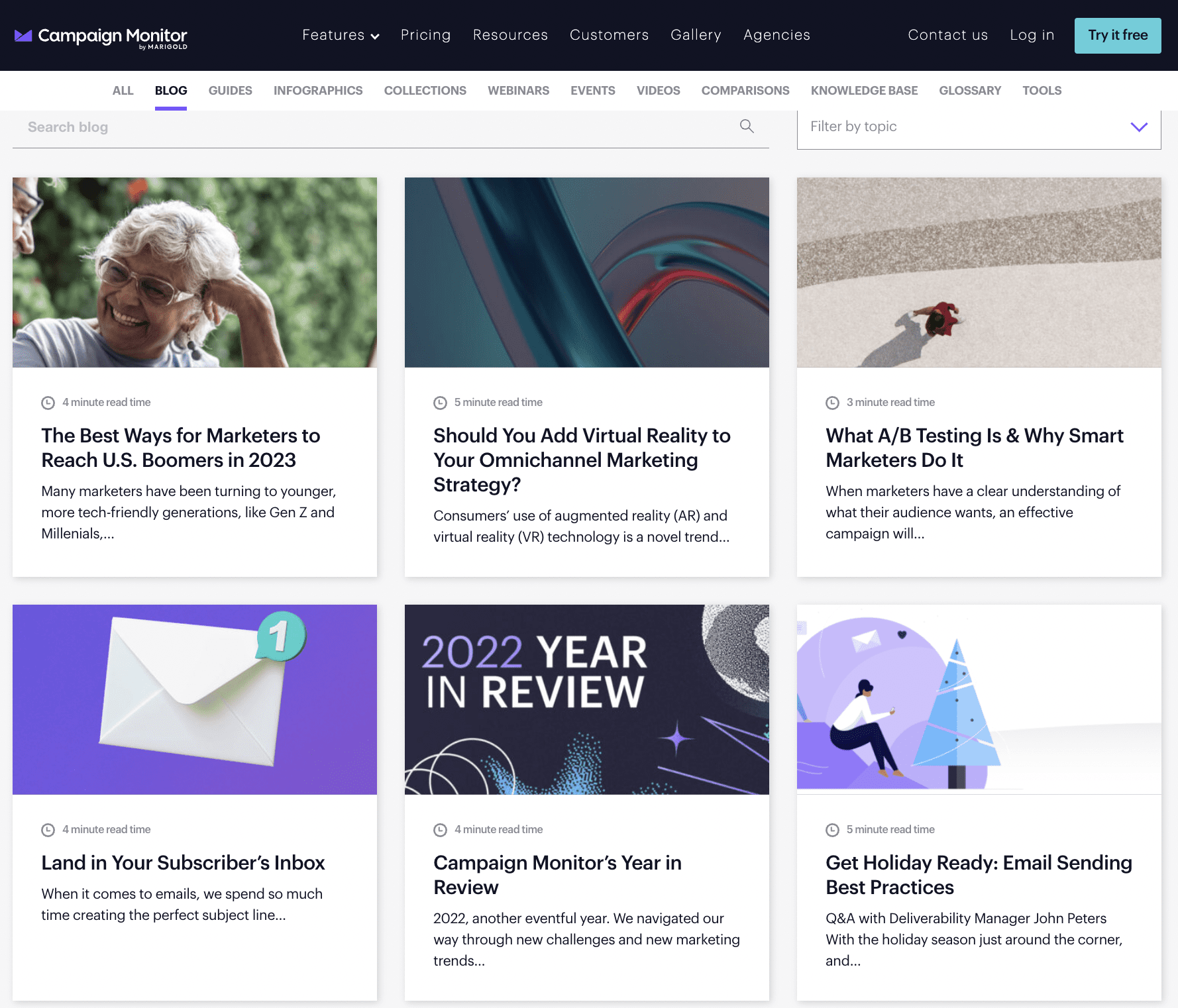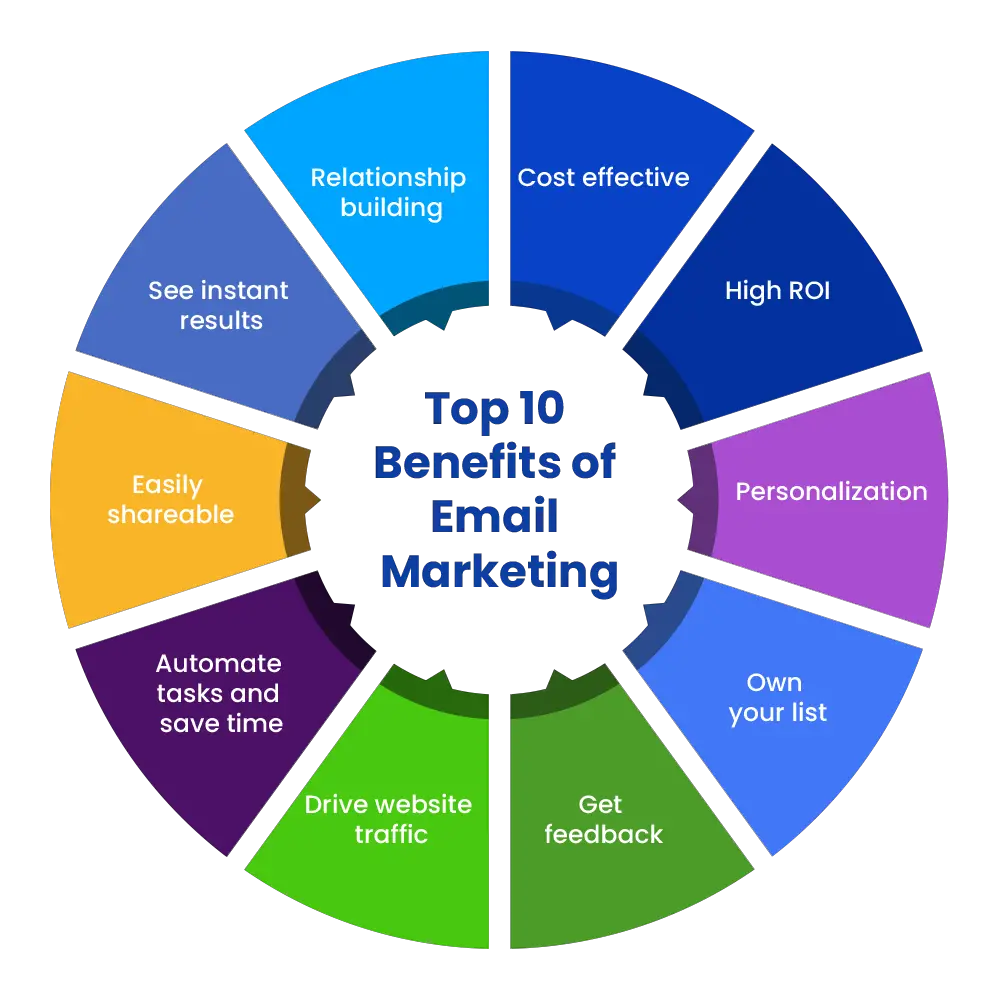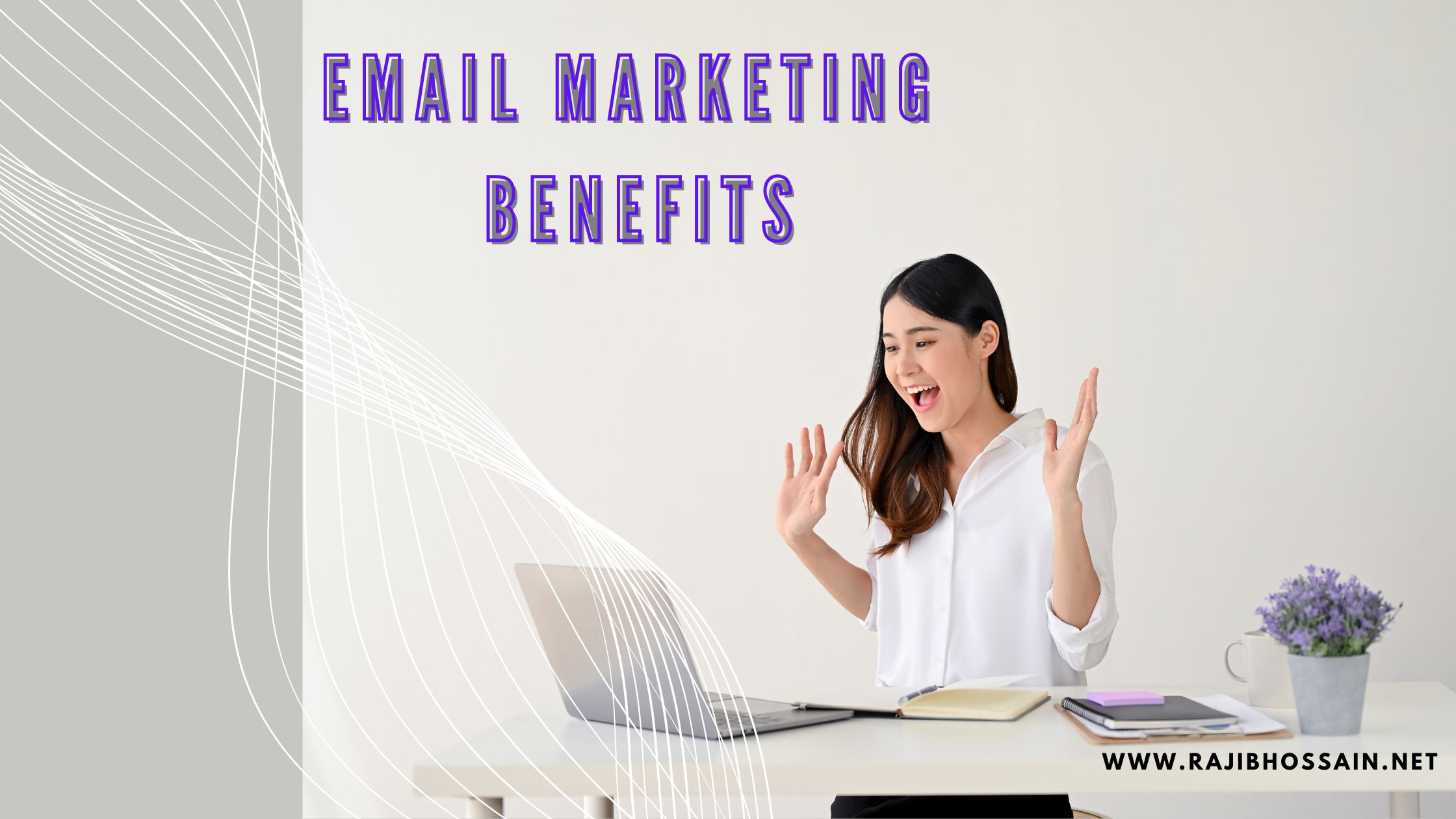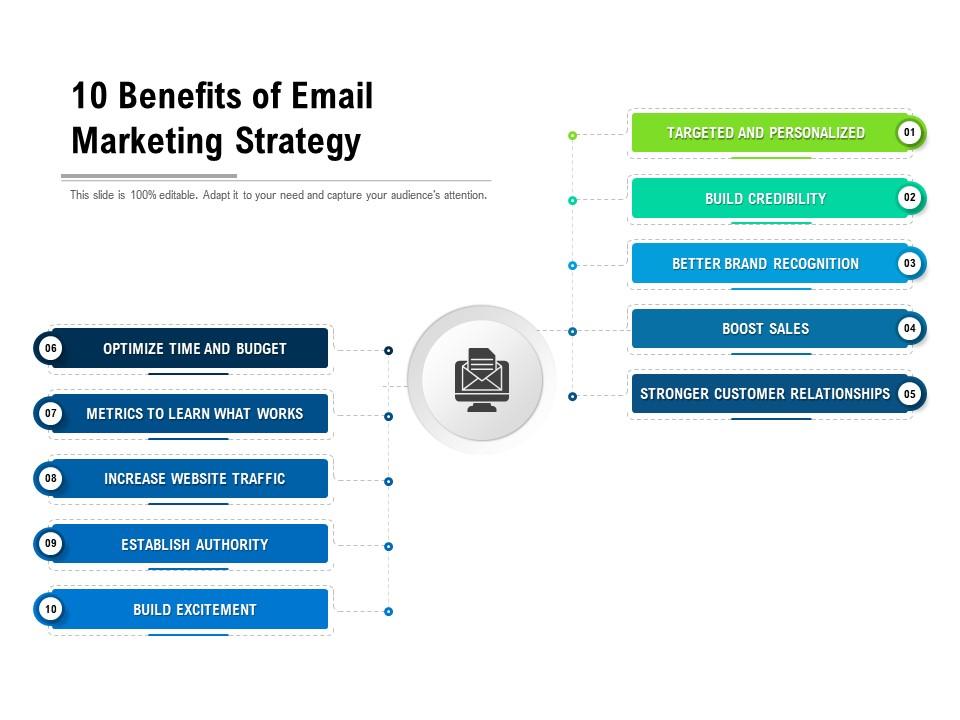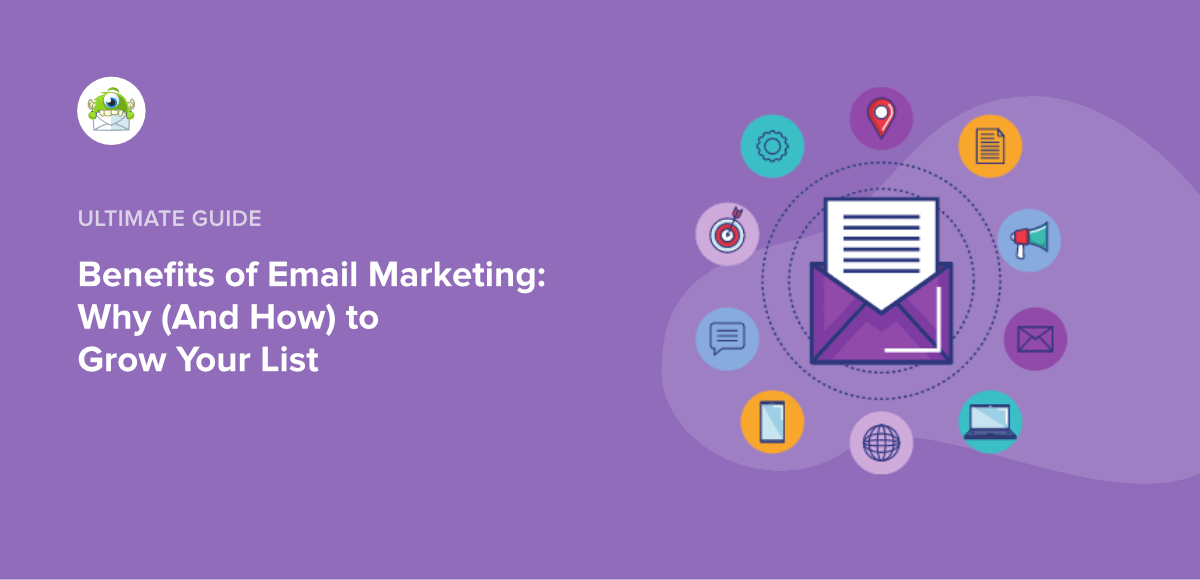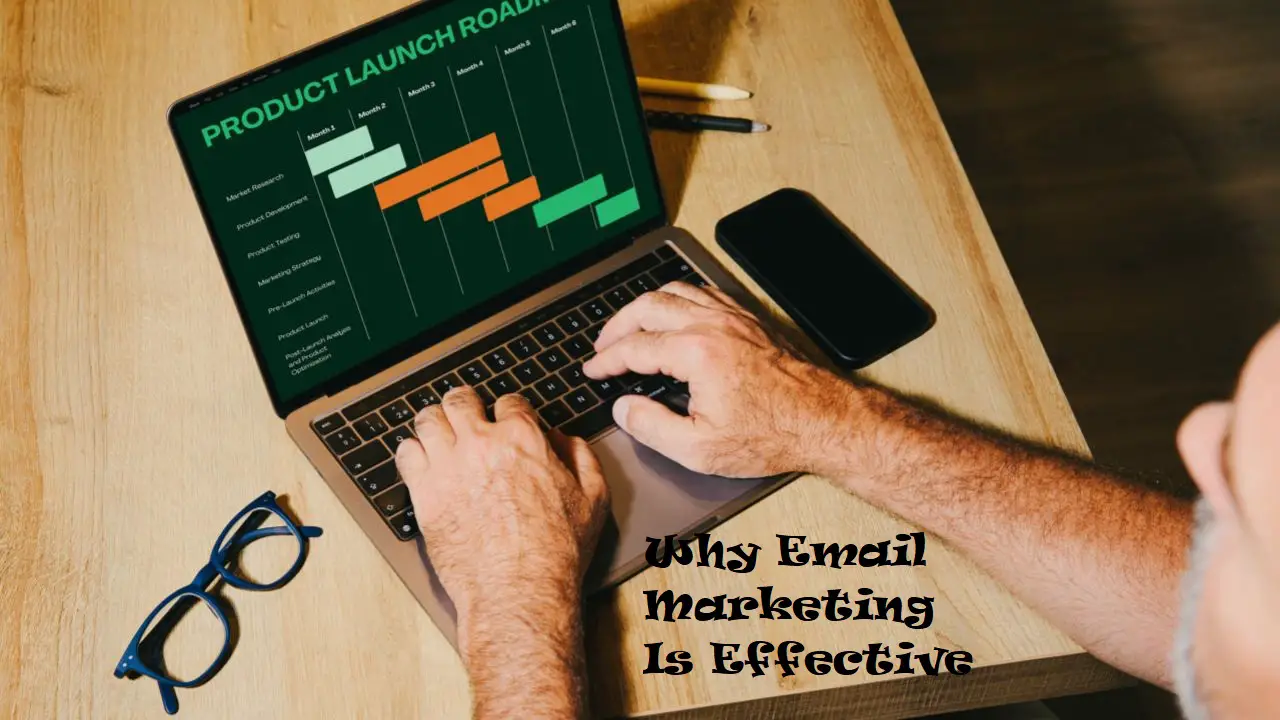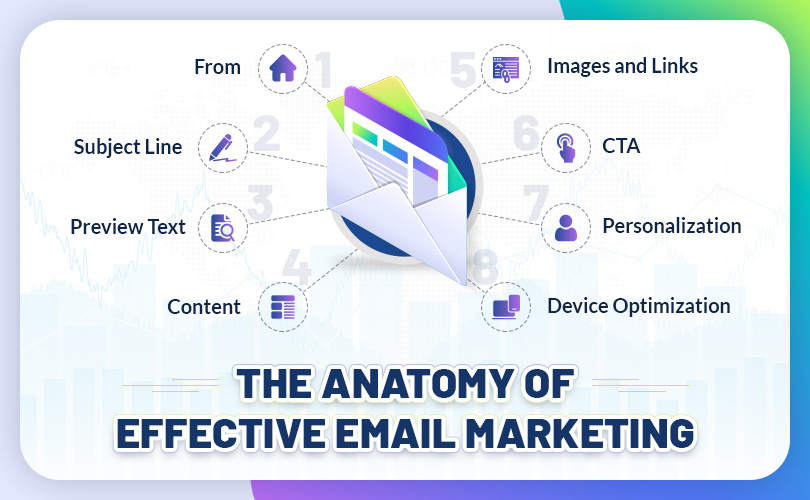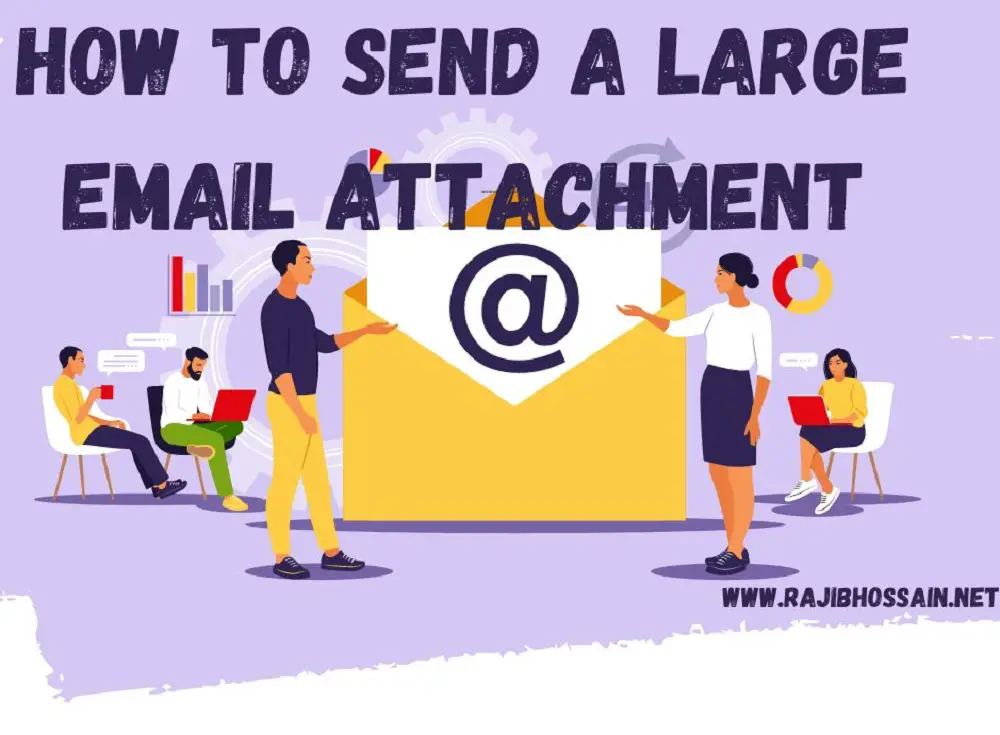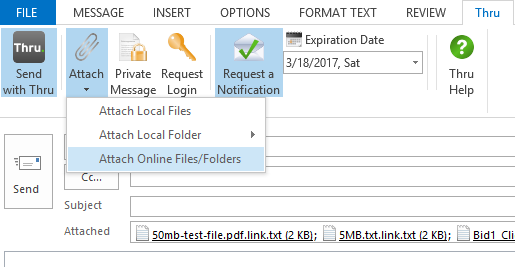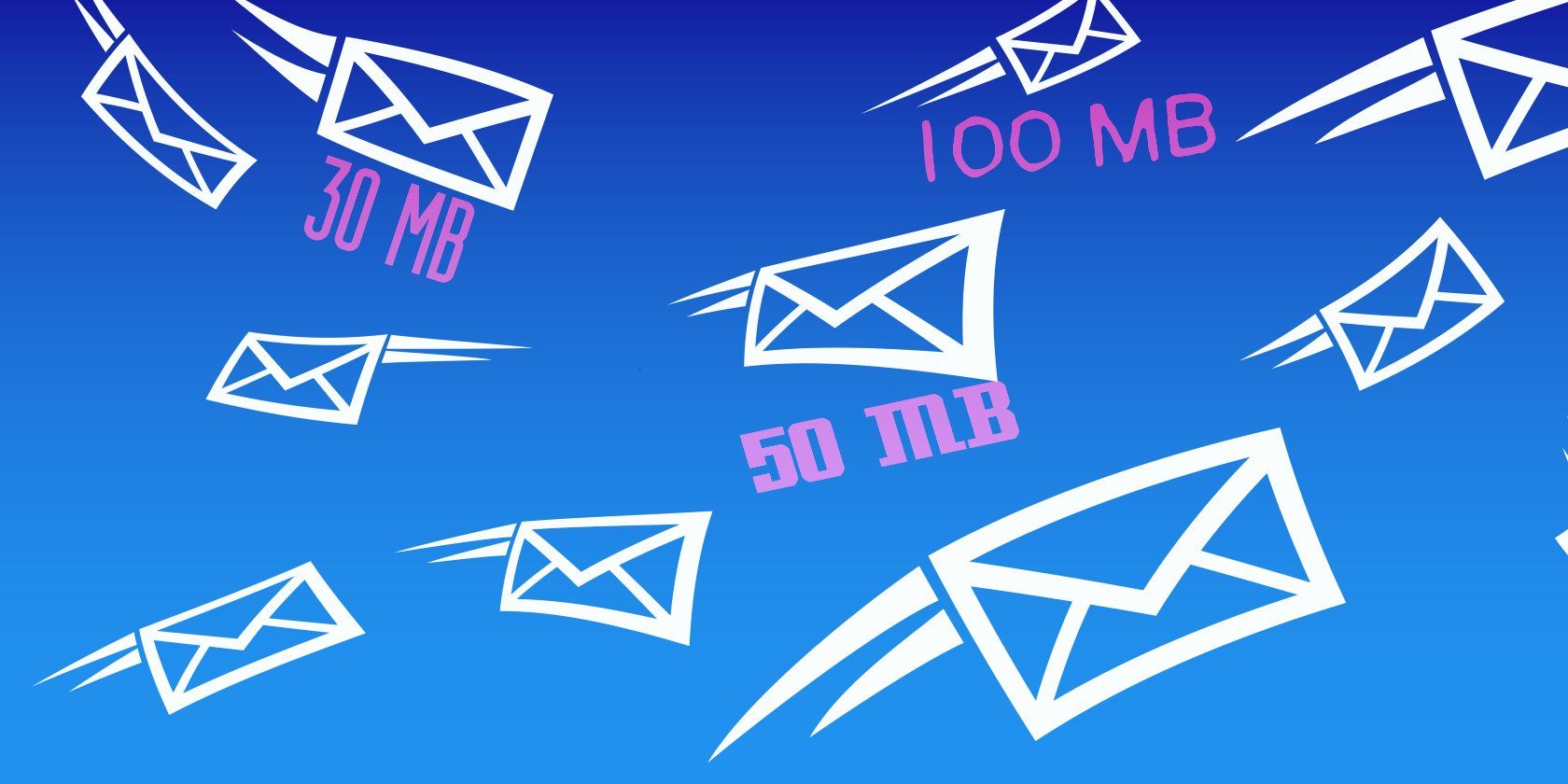Introduction
Email Marketing Terminology refers to the specific terms and phrases used in email marketing strategies. Understanding these terms helps in creating effective email campaigns.
Email marketing is a powerful tool for businesses to connect with their audience. Key terms like open rate, click-through rate, and conversion rate are essential. The open rate measures the percentage of emails opened by recipients. Click-through rate tracks the number of clicks on links within an email.
Conversion rate indicates the percentage of email recipients who take a desired action. Knowing these terms helps marketers optimize their email campaigns. Effective use of email marketing terminology ensures better engagement and higher ROI. Familiarizing yourself with these terms can significantly improve your email marketing strategies.

Introduction To Email Marketing Jargon
Email marketing can seem complex. Many terms can confuse beginners. Understanding key jargon is essential. It helps you navigate email marketing better. Let’s explore common email marketing terms.
Why Familiarity Matters
Knowing email marketing terms boosts your skills. It makes communication easier. You can talk with experts confidently. It also helps in understanding reports and analytics.
Navigating The Email Landscape
Here are some common terms:
- Open Rate: The percentage of opened emails.
- Click-Through Rate (CTR): The percentage of clicks on links.
- Bounce Rate: The percentage of undelivered emails.
- Conversion Rate: The percentage of desired actions taken.
- Spam Score: A score indicating the likelihood of being marked as spam.
| Term | Definition |
|---|---|
| Open Rate | The percentage of recipients who opened your email. |
| Click-Through Rate (CTR) | The percentage of recipients who clicked on a link. |
| Bounce Rate | The percentage of emails that were not delivered. |
| Conversion Rate | The percentage of recipients who took the desired action. |
| Spam Score | A score predicting if your email will be marked as spam. |
Core Concepts In Email Campaigns
Email marketing is a powerful tool for businesses. Understanding its core concepts is crucial. This section will cover two key aspects: newsletters and transactional emails.
The Role Of Newsletters
Newsletters are regular updates sent to subscribers. They often include:
- Company news
- Product updates
- Special offers
- Industry insights
Newsletters help maintain engagement with your audience. They also build trust and loyalty. Consistency is key. Sending newsletters at regular intervals keeps your brand top-of-mind.
Transactional Emails Explained
Transactional emails are triggered by user actions. They include:
- Order confirmations
- Shipping notifications
- Password resets
- Account updates
These emails provide important information. They also enhance the customer experience. Personalized content in transactional emails increases relevance. This boosts user satisfaction and retention.
| Email Type | Purpose | Frequency |
|---|---|---|
| Newsletters | Engage and inform subscribers | Weekly or Monthly |
| Transactional Emails | Provide essential information | As needed |
Both types of emails play a crucial role. Understanding these concepts ensures effective email campaigns.
Understanding Subscriber Lists
Email marketing is a powerful tool. It helps businesses connect with audiences. To maximize its potential, understanding subscriber lists is crucial. Subscriber lists are groups of contacts who receive your emails. These lists are key to your email marketing strategy. They help you send targeted and relevant messages.
Segments And Groups
Segments and groups are two ways to organize subscriber lists. They help you tailor your messages. Segments are smaller parts of your main list. They are based on specific criteria. For example, you can create a segment for customers in a certain location. Or, you can segment by purchase history.
Groups are another way to categorize subscribers. Groups are based on interests or preferences. For example, you can create a group for subscribers interested in sports. Another group can be for those interested in tech.
| Criteria | Segments | Groups |
|---|---|---|
| Location | Yes | No |
| Purchase History | Yes | No |
| Interests | No | Yes |
The Importance Of Opt-in
Opt-in means subscribers agree to receive your emails. It is crucial for building trust. There are two main types of opt-in: single and double.
- Single Opt-In: The subscriber signs up once. They start receiving emails immediately.
- Double Opt-In: The subscriber signs up and confirms their email. They receive a confirmation email with a link. They must click the link to start receiving emails.
Double opt-in is more secure. It ensures the email address is valid. It also shows the subscriber is interested in your content.
Metrics That Matter
Email marketing success depends on key metrics. Understanding these metrics helps improve campaigns. Let’s explore crucial metrics.
Open Rates Demystified
Open rate shows the percentage of emails opened. It helps gauge the interest in your subject lines. A higher open rate means better engagement.
| Open Rate (%) | Performance |
|---|---|
| 20-25% | Average |
| 25-30% | Good |
| 30%+ | Excellent |
Tips to increase open rates:
- Craft compelling subject lines.
- Personalize your emails.
- Send emails at optimal times.
Click-through Rates (ctr) Insights
CTR indicates the percentage of recipients clicking links. Higher CTR means effective content and calls-to-action.
CTR formula:
CTR = (Clicks / Emails Delivered) 100
Common CTR benchmarks:
- 1-5%: Average
- 5-10%: Good
- 10%+: Excellent
Strategies to boost CTR:
- Use clear and strong calls-to-action.
- Include engaging visuals and buttons.
- Segment your email lists.
Decoding Email Deliverability
Email deliverability is crucial for any email marketing campaign. It determines if your emails reach the inbox. Understanding key terms helps improve this rate. Let’s dive into the important aspects of email deliverability.
Bounce Rates
Bounce rates tell you how many emails failed to deliver. There are two types of bounces: hard bounces and soft bounces.
- Hard bounces: These occur when the email address is invalid.
- Soft bounces: These happen when the recipient’s inbox is full.
High bounce rates can harm your sender reputation. Always clean your email list to avoid hard bounces. Soft bounces may resolve over time, but you should monitor them.
Spam Complaints
Spam complaints occur when recipients mark your email as spam. A high number of spam complaints can damage your deliverability.
To reduce spam complaints, follow these tips:
- Send emails only to people who opted in.
- Provide clear unsubscribe options in every email.
- Use a recognizable sender name and email address.
Keeping your spam complaints low is vital. It helps maintain a good sender reputation and ensures better deliverability.
Automation And Trigger Emails
Email marketing can be powerful. Automation and trigger emails help save time. They also make emails more effective. This section breaks down the key terms. It helps you understand how to use automation and triggers.
Drip Campaigns Simplified
Drip campaigns send pre-written emails at set times. These emails follow a specific schedule. They help keep your audience engaged over time. Drip campaigns can nurture leads or guide customers. They are easy to set up.
- Welcome Series: A set of emails for new subscribers.
- Abandoned Cart: Emails sent to people who leave items in their cart.
- Re-engagement: Emails for inactive subscribers to win them back.
Behavioral Triggers
Behavioral triggers send emails based on user actions. These emails feel personal and timely. They boost engagement and conversions.
| Action | Trigger Email |
|---|---|
| Sign Up | Welcome Email |
| Purchase | Thank You Email |
| Click on Link | Follow-Up Email |
Using these triggers, you can create personalized email experiences. This makes your audience feel valued. It also drives better results.
Design Elements In Emails
Creating compelling emails involves understanding key design elements. Good design improves readability and engagement. Let’s explore some important aspects.
Responsive Email Design
Responsive design ensures emails look good on all devices. Over half of emails are opened on mobile devices. This makes responsive design crucial.
Follow these tips for responsive design:
- Use a single-column layout
- Ensure text is large enough to read
- Make buttons easy to tap
- Keep images flexible and scalable
Your email content here
Call-to-action (cta) Effectiveness
A strong CTA boosts email conversions. It’s vital to design effective CTAs.
Here are some tips for effective CTAs:
- Use clear and concise language
- Make the button stand out with color
- Place the CTA above the fold
- Use action-oriented words
Effective CTAs lead to higher engagement and better results.

Legal Compliance And Best Practices
Email marketing is a powerful tool. It helps businesses connect with their audience. However, understanding legal compliance and best practices is crucial. Non-compliance can lead to hefty fines and damage to your brand’s reputation. This section will explore key regulations and best practices for email marketing.
Understanding Can-spam Act
The CAN-SPAM Act sets the rules for commercial emails. It establishes requirements for messages. It also gives recipients the right to stop receiving emails. Here are key points to follow:
- Accurate “From” and “Reply-To” fields: Use real, accurate information.
- Clear subject lines: Ensure they are not misleading.
- Identify the message as an ad: Clearly state if it’s an advertisement.
- Include your business address: A valid physical postal address is necessary.
- Easy opt-out options: Provide a clear way to unsubscribe.
- Honor opt-out requests promptly: Process requests within 10 business days.
GDPR and Email Marketing
The General Data Protection Regulation (GDPR) is a European law. It protects the personal data of EU citizens. If you email EU residents, follow these rules:
| Rule | Description |
|---|---|
| Consent | Obtain clear, explicit consent before sending emails. |
| Data protection | Ensure the security and privacy of personal data. |
| Right to access | Allow users to access their data and how it’s used. |
| Right to be forgotten | Delete user data upon their request. |
| Transparency | Clearly state how and why data is collected. |
Following these rules helps maintain trust with your audience. It also keeps your email marketing efforts compliant. Remember, legal compliance is not just about avoiding fines. It’s about respecting your audience’s privacy and building a trustworthy brand.
Advanced Email Techniques
Advanced email techniques can enhance your marketing efforts. These methods help you engage more users. Let’s dive into some effective techniques.
A/b Testing For Better Engagement
A/B testing compares two email versions. You test them to see which one works better. This method helps you understand what your audience likes.
| Element | Version A | Version B |
|---|---|---|
| Subject Line | Get 50% Off Today! | Special Offer Just For You! |
| Call-to-Action | Shop Now | Buy Now |
Personalization And Dynamic Content
Personalization makes emails feel special. Use the subscriber’s name. Offer them products based on their past purchases.
Dynamic content changes based on user data. It can show different images or offers to different users. This keeps the email relevant to each person.
- Personalized Subject Lines: Increase open rates by 26%.
- Dynamic Images: Show different images to different users.
- Recommended Products: Based on user purchase history.
Here’s an example of a personalized email:
Hi [Name],
We thought you might like these products:
- [Product 1]
- [Product 2]
The Future Of Email Marketing
Email marketing is evolving rapidly. The future holds many exciting changes. Businesses must adapt to stay ahead. Let’s explore what’s coming next in email marketing.
Ai-driven Email Strategies
AI, or Artificial Intelligence, is transforming email marketing. AI can analyze huge amounts of data. This helps create personalized email content. AI can also automate email sending. This saves time and improves efficiency.
AI tools can segment your audience better. They can predict what kind of content each segment will enjoy. This leads to higher open and click-through rates.
AI also helps in A/B testing. It can quickly determine which version of an email performs better. This ensures your emails are always optimized.
Predictive Analytics In Email
Predictive analytics uses data to forecast future behavior. In email marketing, this means predicting what your audience wants. It can help you send the right message at the right time.
Predictive analytics can identify trends and patterns. This helps you understand what content will engage your audience. It can also suggest the best time to send emails.
| Feature | Benefit |
|---|---|
| Customer Segmentation | Target specific groups with tailored content |
| Content Prediction | Send relevant content to each user |
| Optimal Send Times | Maximize email open rates |
Using predictive analytics, you can create a more effective email strategy. This leads to better engagement and higher ROI.
- Understand your audience’s needs
- Send personalized content
- Optimize email send times
- Analyze data with AI tools
- Segment your audience
- Use predictive analytics to forecast trends
The future of email marketing is bright. Embrace these new technologies to stay ahead.

Frequently Asked Questions
What Are The Terminologies Of Email?
Email terminologies include Inbox, Outbox, CC, BCC, Subject Line, Signature, Attachment, Spam, Draft, and Forward.
What Are The 7 Email Marketing Strategies?
1. Segment your email list. 2. Personalize your content. 3. Optimize for mobile. 4. Use compelling subject lines. 5. Automate your emails. 6. Test and analyze performance. 7. Provide valuable content.
What Are The 5 Ts Of Email Marketing?
The 5 Ts of email marketing are Targeting, Timing, Testing, Tracking, and Trust. Focus on these elements to improve your campaigns.
What Are The 4 Ps Of Email Marketing?
The 4 Ps of email marketing are Personalization, Persuasion, Permission, and Performance. Personalize emails for relevance, persuade with compelling content, seek permission to build trust, and measure performance to optimize strategies.
Conclusion
Mastering email marketing terminology can boost your campaigns. Understanding these terms helps optimize strategy and improve engagement. Regularly update your knowledge to stay ahead. A well-informed approach can lead to better results. Keep learning and refining your skills for continued success in email marketing.

